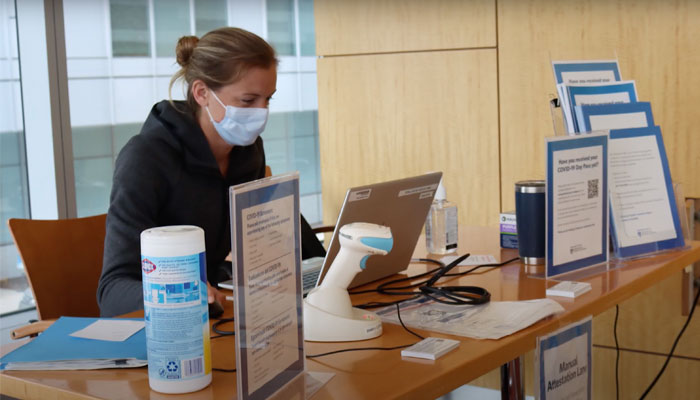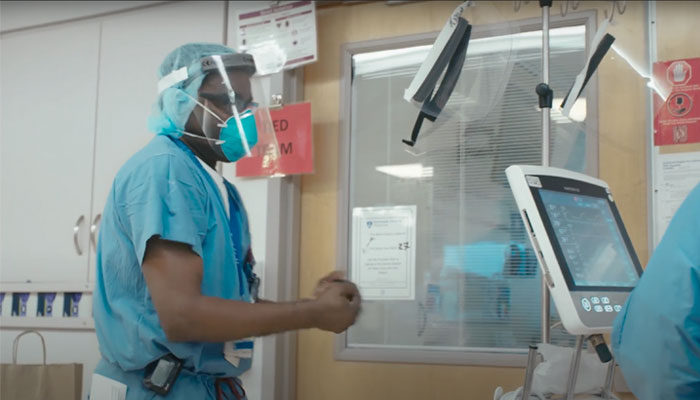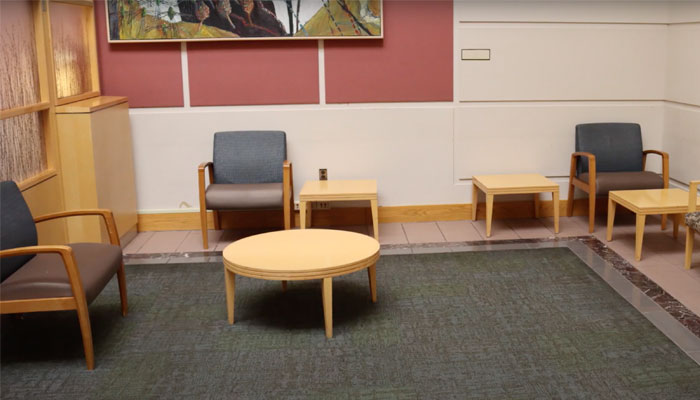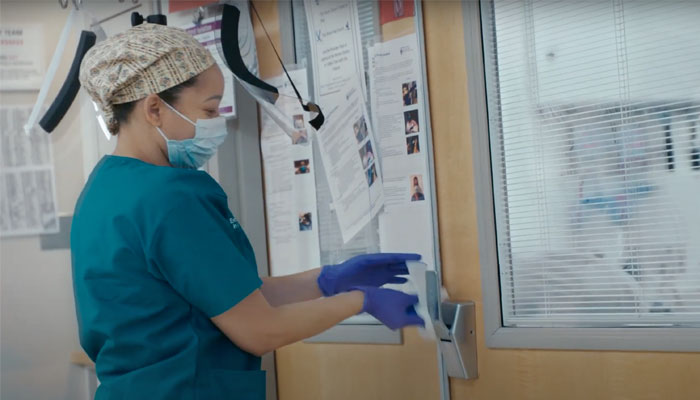The health and safety of our patients, families and staff is our top priority. We understand that you may have concerns during the COVID-19 pandemic but know that the Department of Emergency Medicine is steadfast in our promise to provide the critical care you and your loved ones need during this difficult time. Learn more about our Safe Care Commitment.
“For those who might be afraid to visit the emergency department with COVID-19 still present in our community, I want to assure you that safety is our top priority. We have put many safety precautions in place to provide the safest possible environment during the pandemic. If you have a serious health problem, like signs of a heart attack or stroke, please seek out emergency care right away. We’re ready to care for you.”
— Christopher W. Baugh, MD, MBA, vice chair of clinical affairs, Department of Emergency Medicine
The emergency department (ED) has implemented a number of measures and special precautions to keep our ED safe and fully functioning during the COVID-19 pandemic, including:






The emergency department has put many safety measures into place to provide the safest possible environment for patient care.
If you have a medical emergency, it’s important to visit the nearest emergency department (ED) as soon as possible. A medical issue that requires immediate care may worsen without attention and proper treatment from an emergency care team. Seeking out care when every minute counts has never been more important.
“We have seen some patients with chest pain, or a worrisome headache, choose to delay their emergency care during the pandemic,” says Janet Gorman, associate chief nursing officer of the ED. “These delays can lead to a heart attack, stroke or even death. If you’re experiencing an emergency, please visit us for emergency care.”
If you or someone you know is experiencing these signs or symptoms, it’s important to seek emergency care right away:
Other conditions that require emergency care include:
People with COVID-19 can experience a variety of symptoms. If you or someone you know experiences any of the following, seek immediate medical attention:
Learn more about seeking care for medical emergencies during COVID-19.
Since the start of the COVID-19 pandemic, teams across the Brigham have been developing innovative solutions to protect health care workers and patients. These solutions include:
The ED will be launching new digital technologies to help further improve safety and access to emergency care. We are developing a digital tool that will display wait times to allow patients to know how long they would have to wait to get emergency care at any given time. We are also developing a tool that will allow patients with less severe illnesses or injuries (like a swollen ankle) to schedule their own visit to the ED during times when it’s typically less busy (morning).
We are grateful to our generous donors for helping us care for patients and families, protect our staff on the frontlines, and fuel innovation during the COVID-19 pandemic.
View Donor List